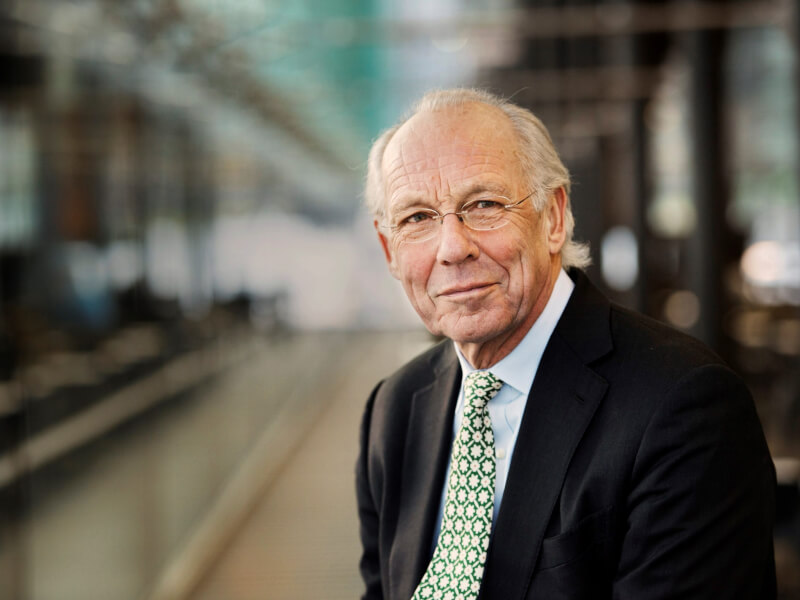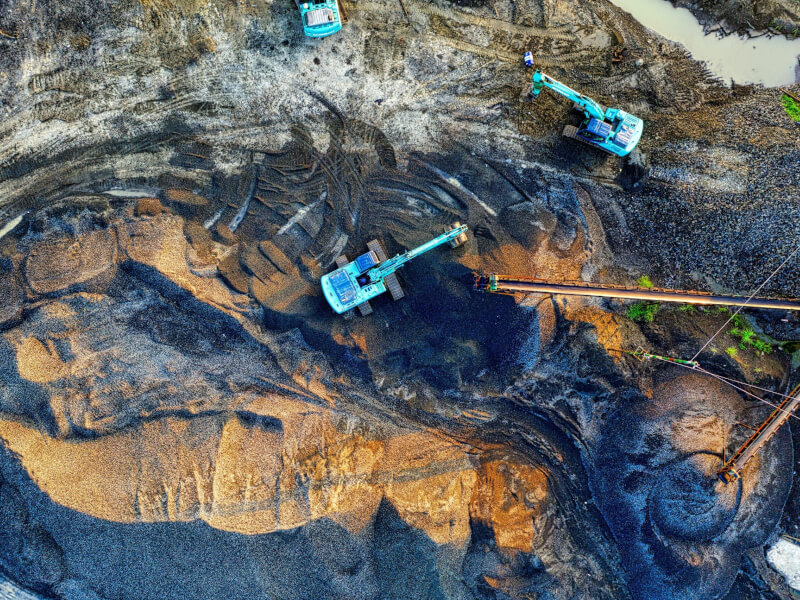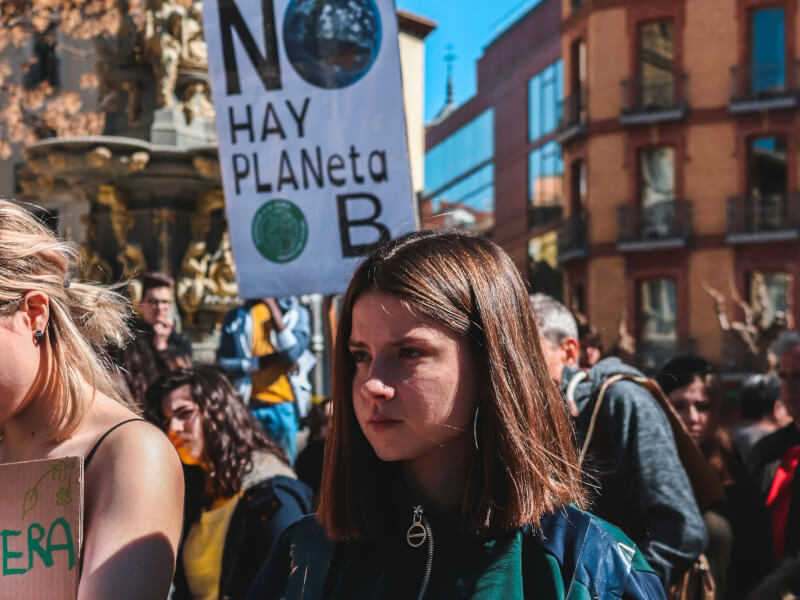31 October 2025 – How did you first become involved in The Club of Rome, and how The Limits to Growth report come about?
I became involved in The Limits to Growth project – and later one of the four authors of that first popular report to The Club of Rome – simply by happenstance: by being at the right place at the right time. I came to MIT in January 1970, when I was 24 years old to pursue my PhD in physics, only to discover that there was no future in the field — as I realised the field was overcrowded with people who were much better physicists than me.
By chance I heard professor Jay W. Forrester from the MIT Sloan School of Management give a talk about the application of mathematical models to urban problems. I was immediately convinced that this was my future. I transferred from physics to Forrester’s system dynamics group some months later, and then the second miracle happened: Jay W. Forrester convinced the executive committee of The Club of Rome to come for a week to the Sloan School to learn system dynamics and its potential for an analysis of what their leader, Aurelio Peccei called the world “Problematique”. Forrester needed people to help with the teaching, and since I was there — as free labour funded by the Norwegian government — I joined the team led by another young man, Dennis L. Meadows, who had received his PhD the year before.
The course was a success, largely because Forrester had already made a prototype of the system dynamics world model that would later be the scientific and intellectual underpinning of The Limits to Growth. Soon after, the Executive Committee secured funding from a German foundation to finance the project. Forrester wasn’t very interested, having already made the prototype WORLD2 and in the process of writing World Dynamics, so he delegated the completion of The Club of Rome’s project to Dennis Meadows. Dennis went about the project with great competence, strength and enthusiasm, very quickly bringing his wife, Donnella (Dana) Meadows down from Harvard University to join in the small group of system dynamics modelers at MIT.
After a year we presented our work to The Club of Rome’s annual meeting in Canada in 1971. The members of The Club of Rome were, mildly speaking, not impressed. They did not think our model and report addressed the problems they saw as dominating world development. It was a total miss.
Back at MIT, Dana suggested that she would write a new version of the report – in a format that would make people understand what grave situation the world was facing while the rest of us were building models and doing case studies to bolster the report. Then, Dana single-handedly wrote The Limits to Growth, which we presented at the Smithsonian Institution in Washington, D.C. in March 1972. An interested publisher decided to print enough copies of the report ahead of the meeting to provide a copy to each person in the high-level group that The Club of Rome had been able to gather. That is how the book emerged on the global scene.
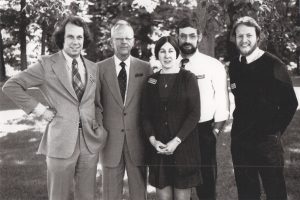
Conference at Dartmouth College. From left to right: Jorgen Randers, Jay W. Forrester, Donella Meadows, Dennis Meadows and William W. Behrens. Documentation of The Club of Rome
What was the reaction to The Limits to Growth when it was first published in 1972?
The reception of the book in Washington in March 1972 was mainly negative, even savagely critical. But ironically, that hostile reaction made the book famous. People wondered: What could MIT scientists have said to provoke such anger?
Although many dismissed it, a few leading voices recognised that the book’s content was dynamite. Within two months it was published in the Netherlands, where it sold hundreds of thousand copies in just a few weeks. From there, the wildfire spread. The US and UK editions sold many copies, and the book was finally translated into 36 languages. It was the rest of the world that embraced The Limits to Growth. Dennis and I believe that the book was ultimately printed in three to four million copies, although Wikipedia claims 30 million.
The side effect was that we became famous, despite being very young. And, even more so, The Limits to Growth placed The Club of Rome on the map. We suddenly found ourselves travelling the world giving talks about planetary affairs, but with a very unpopular message:
The world is a tiny planet with an ever-increasing number of people and economic activity, polluting the atmosphere, felling the trees, killing the animals, destroying the oceans. It is obvious that physical growth must stop before we exceed the physical boundaries of Planet Earth. That means now in the rich world, later in the poor world. Humanity must adjust its ecological footprint to the physical limits of the planet. Otherwise, there will be collapse.
But the message was not well received. It was heavy going, with continuing and increasing resistance. After 10 years, in 1980, I gave up and decided to something else for twenty years – which was how long I thought it would take before the damage from continued physical growth would be sufficiently visible for people to support corrective action.
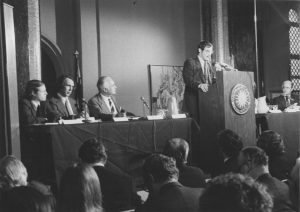
The Limits to Growth team (William Behrens III, Jorgen Randers, Dennis Meadows and Donella Meadows) with Aurelio Peccei and William Dietel presenting their findings at the Smithsonian Institution in Washington, D.C., 1972
After returning to active involvement in The Club of Rome, one of your key contributions was in the Earth for All project — the first initiative developed collectively by many members. How do you see Earth for All in relation to The Limits to Growth? A continuation or a reinterpretation?
The Earth for All report is the same type of work as The Limits to Growth. It is a large system dynamics model of the world, with hundreds of equations, describing global development from 1980 to 2100. The conclusions are roughly the same: if you continue as before, you run into problems; if you do the right things, humanity can experience a better future.
In that sense, Earth for All is both a continuation and a reinterpretation of the original work. It revisits the same questions with better data and more refined tools, but the underlying message remains the same. It is another attempt in The Club of Rome’s long-standing effort to influence the world’s direction — with some impact, though still not enough to shift the dominant trends.

The author team of The Earth for All report presenting the newly published report during the press conference.
Looking back, is there anything you’ve changed your mind about in the last five decades of this work?
When we wrote The Limits to Growth in 1972, I thought the main problem was resource scarcity. By 2000, I realised it was climate change. We will not run out of food or minerals; the real danger comes from burning fossil fuels.
Back then, I believed presenting the facts would be enough. Surely voters, businesses and governments would act once they understood! But they didn’t. After ten years of trying, I gave up. I learned that information alone does not change behaviour.
I also no longer believe that markets and democracies are able to solve long-term problems. Short-term self-interest dominates. As a young man, I trusted rational arguments; today, I believe only strong leadership and collective action can deliver what is necessary.
In my mind China illustrates well what should be done. Through deliberate, time-consuming and expensive, state-led investment in solar, electric vehicles, and batteries, they have built the technologies we need. It is very unpopular to say, but I believe China will end up saving the world.
What do you believe The Club of Rome’s role should be in the next 50 years, especially given today’s crisis?
The Club of Rome’s role should remained what it always has been: to bring long term and fresh thinking into the global development debate. In practice, it functions best as an open discussion forum rather than a political force, where diverse political and religious views can meet.
Its real impact could have been greater had it focused more on humanity’s challenges within the limits of a finite planet. But experience shows it is difficult for members to agree on specific recommendations.
The Club of Rome occupies an important niche: a meeting point between powerful short-term interests and the constraint of long term — a forum which expose this tension and promotes tolerance between differing civilisations in a full world.
That, I believe, is what The Club of Rome should continue to do in the decades ahead.

